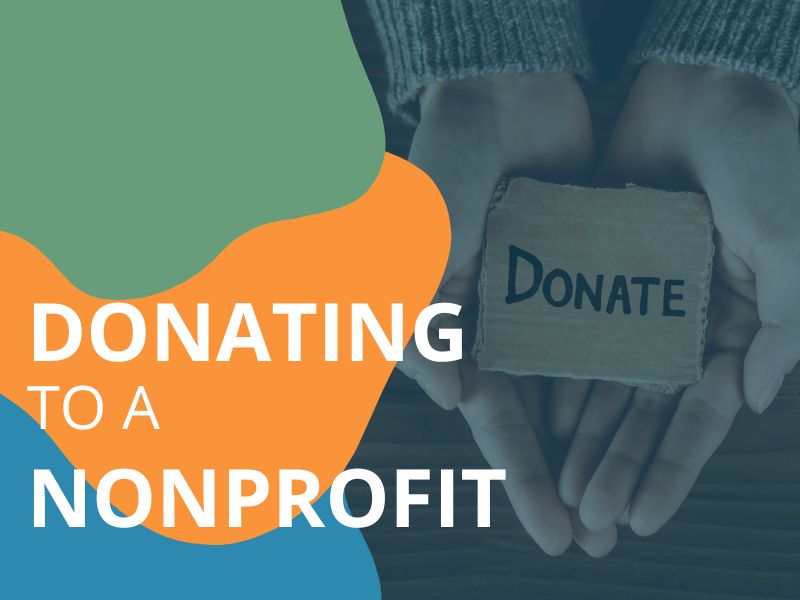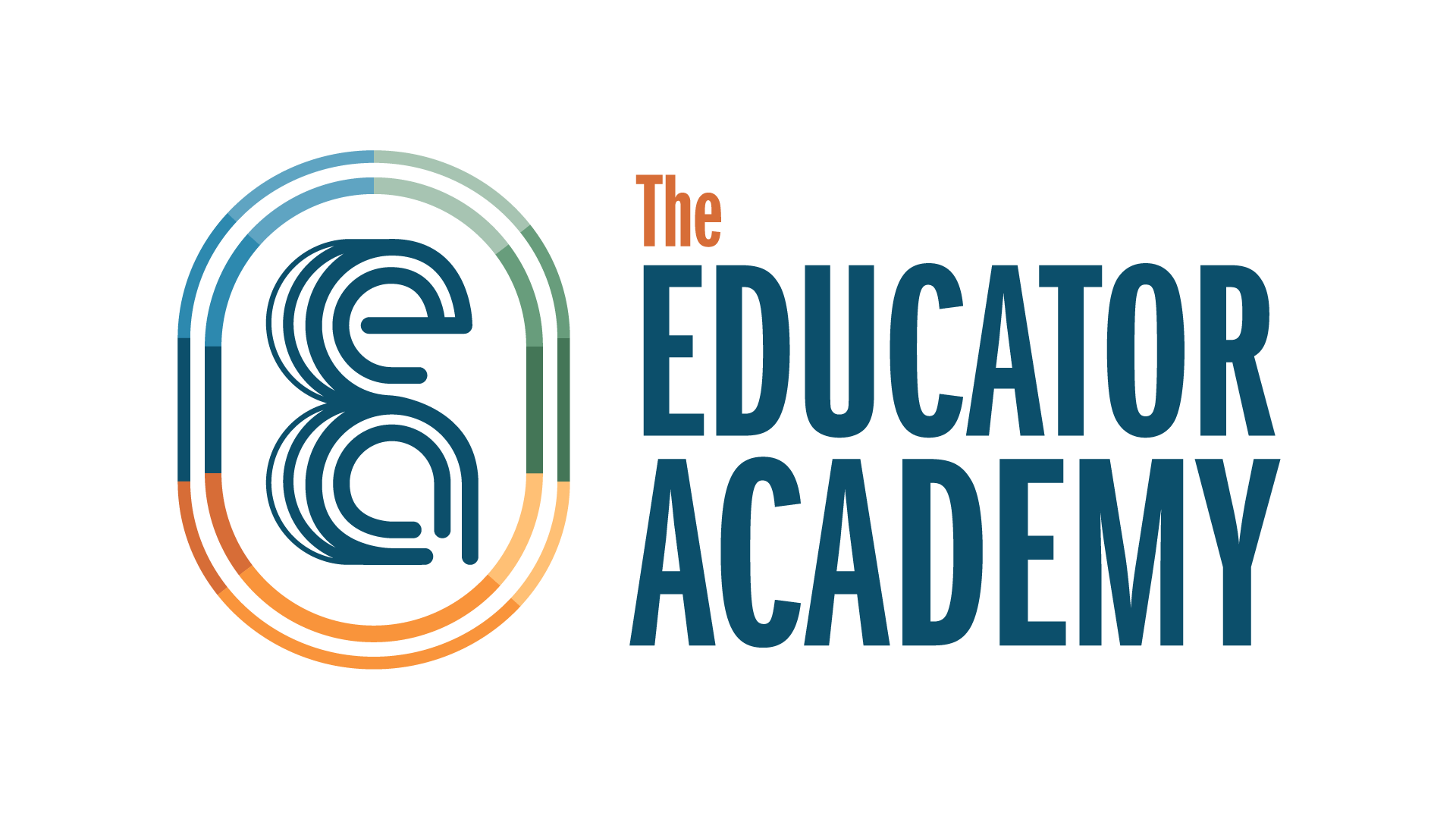
Giving serves as a beacon of hope, a tangible expression of compassion and solidarity. When you donate to a nonprofit organization, you communicate to that organization, “I support your work, your impact, and your vision.” From local community initiatives to global humanitarian efforts, nonprofits stand as pillars of support in communities. They drive a vision of a brighter, more equitable future. There are many ways to contribute digitally, both large and small, and it is all at our fingertips. Yet, with all the resources out there, the question arises: why donate to nonprofits?
Donating to nonprofits extends far beyond the mere transfer of funds. It embodies a commitment to collective well-being, acknowledging our interconnectedness as global community members. By supporting nonprofits, we empower organizations to tackle pressing issues. These issues range from poverty alleviation and environmental conservation to healthcare access and education equity. Take, for instance, The Educator Academy; our work directly impacts not only the teachers we work with but also the students and the community they serve. Each donation serves as a building block, fueling social progression and providing sparks of hope in times of need.
What is a nonprofit?
Nonprofit organizations are entities formed for purposes other than generating profit. Unlike for-profit businesses, nonprofits do not distribute profits to owners or shareholders. Instead, they reinvest surplus funds into achieving their mission. Their primary purpose is to address social, environmental, or cultural needs and serve the public interest. The word nonprofit is often used interchangeably with “tax-exempt,” meaning no tax is applied on purchases for that organization. In the US, there are over three dozen types of nonprofit organization statuses that an organization can fall under.
These can include:
-
- Charitable Organizations
- Political or Private Organizations
- Churches / Religious Organizations
Some of these may qualify for a 501(c)3 tax exemption, one of the many statuses the IRS can give your organization. Understanding an organization’s status is important if you are looking to work with them or donate. It is important to ask yourself questions around whether you align with their mission, the outcome they hope to achieve, and whether you can donate at this time.
While their mission and focus on business may vary from for-profit businesses, nonprofits are still rigorous organizations. A common misconception about nonprofit organizations is that they are easier to run or do not operate like other businesses, which couldn’t be further from the truth. In 2023, Forbes listed the top 14 common myths about nonprofits, and although some may think that nonprofits operate differently, they do not. It is important to remember that nonprofits operate with the mindset of their mission and vision, which drives their work. They are typically focused on their work’s impact on the quality of human life.
What impact does donating to a nonprofit make?
If you are considering donating to a nonprofit, know that you directly support a mission. You provide essential funding for programs, operations, and initiatives. For example, donations to a food bank enable the organization to purchase nutritious food items, maintain storage facilities, and cover distribution costs, allowing them to feed families facing food insecurity. Similarly, donations to an education-based organization can support the teachers in receiving additional resources for their classrooms, additional books and supplies for students, and support for emergency needs. No matter how much you donate, know that your contribution directly has an impact that will leave a lasting effect on the organization’s mission.
Convinced yet? Understanding the impact of the dollar amount may change your mind. Every year, there is a national day of giving, which is typically held in the month of November. This day is always hosted on a Tuesday, and after Thanksgiving, it is called Giving Tuesday. Nonprofits worldwide launch their giving campaign, and millions of people choose an organization to support. In 2023, it was estimated that since the start of its inception in 2012, 3.1 billion dollars have been donated all over the world.
The Educator Academy received some of those funds by participating in Giving Tuesday, which, for us, all donations directly impact our teacher support fund. In 2023 alone, we raised $11,000 for the support of our teachers. Donating to our teachers can support them with car emergencies, housing costs, or any other financial hardship they face while going through our program. Days like Giving Tuesday are an easy way to give back to a cause you care about. With most of the giving occurring online, you can donate to your favorite nonprofit in minutes. This year, consider donating during Giving Tuesday, held on December 3, 2024, because a small impact can have a huge effect on a person’s life.
How do I decide who to donate to?
Before choosing a nonprofit to support, it’s essential to identify your passions and values to ensure alignment with the organization’s mission and goals. Questions to ask yourself during this time are:
-
- Do I want to donate to a national, state, or local organization?
- What is the amount I want to donate?
- Who do I want my donation to impact?
- What specific campaign is the organization I am interested in running for donations?
These questions will help you clarify who and what you want to support. Remember that donating does not have to impact a person directly but can impact our environment and resources. You can use resources like GuideStar and Charity Navigator to find local or national charities that align with your values as well.
Suppose you are passionate about environmental conservation and sustainability. In that case, you may support nonprofits like the World Wildlife Fund (WWF), which focuses on protecting natural habitats and wildlife and promoting sustainable practices. If you value education and youth development, you may support organizations like Teach For America or Boys & Girls Clubs of America, which provide educational opportunities, mentorship, and support services to underserved youth. All three are national organizations but have local chapters you can support.
While we at The Educator Academy directly service the Kansas City Metro area, both on the Missouri and Kansas sides, many more nonprofits exist in each state. According to the National Council of Nonprofits, There are currently 26,900 nonprofit organizations in Missouri and 12,130 in Kansas. That is a lot of nonprofits, but remember, you can narrow it down by the type of organization and its mission. Ensure you research by visiting their website and looking through the news to see if they were recently featured.
How do I donate to a nonprofit?
As stated, we are in the era of the internet, so gone are the days when the only way to donate was through a mail-in check. Nowadays, most nonprofits have donating platforms to help streamline their donation efforts. Some of the ways that donating has been optimized are:
QR codes
-
- Some organizations have streamlined the process. Instead of adding a URL, you can scan the QR code, automatically taking you to the donation page.
Street campaigning with technology
-
- There are still organizations that campaign for their donations on the street. You might see them on college campuses or in busy shopping malls campaigning for their organization. They typically will give you information on the org and then ask you to sign up for their newsletter and commit to donating immediately.
Donating during checkout at a store
-
- When checking out at a store, we have all seen the screens that ask if you want to round up to the nearest dollar or donate a pre-populated dollar amount to the organization they are supporting.
In addition to the above ways to make a charitable donation, the organization may ask if you want to be a one-time or recurring donor. It is also helpful if financially you can’t give monthly but can one to two times a year. A recurring donor typically can donate every month. This type of donation can still work if you do not have a large amount to give because there is never a stipulation on how little or large the donation can be. The main takeaway is to do what makes you comfortable and will not place you in financial hardship.
Another considerable way to donate that we have yet to discuss is donating your time by volunteering. Working as a volunteer with your chosen organization is a great way to get started. Nothing is more valuable than a person’s time, and by sharing that with an organization, you are choosing a larger impact that you can feel in the moment. Reaching out to the nonprofit of your choice before Giving Tuesday or during a giving period and asking what volunteer opportunities they have is a great place to start. Remember, no matter how big, small, or how much time you give, you are impacting a mission the organization is trying to accomplish.
What are my next steps in donating to a nonprofit?
Donating to nonprofits is crucial in addressing societal challenges, supporting communities in need, and advancing important causes. Nonprofit organizations rely on donations to fund their programs and initiatives. The first step is to understand what you want to donate to. Ensure you are doing your proper research on the organization before committing. Then, decide what a comfortable amount to donate is. This is something that you can always start small and get bigger. We can make a difference and be a force for good in the world. Whether through making a financial contribution, volunteering your time and skills, or advocating for change in your community, your involvement matters.
Donating has a profound impact. As a community, we can choose to give and change the world or make a difference in our community. Remember that donating is a collective act of generosity, and you are joining a large group of individuals.
If you are considering donating to an organization and are passionate about education, consider donating to The Educator Academy and making a difference in the lives of our teachers.
Navigating the complexities of donating can be stressful, but with some research, it can all be simple.
Join our Newsletter

